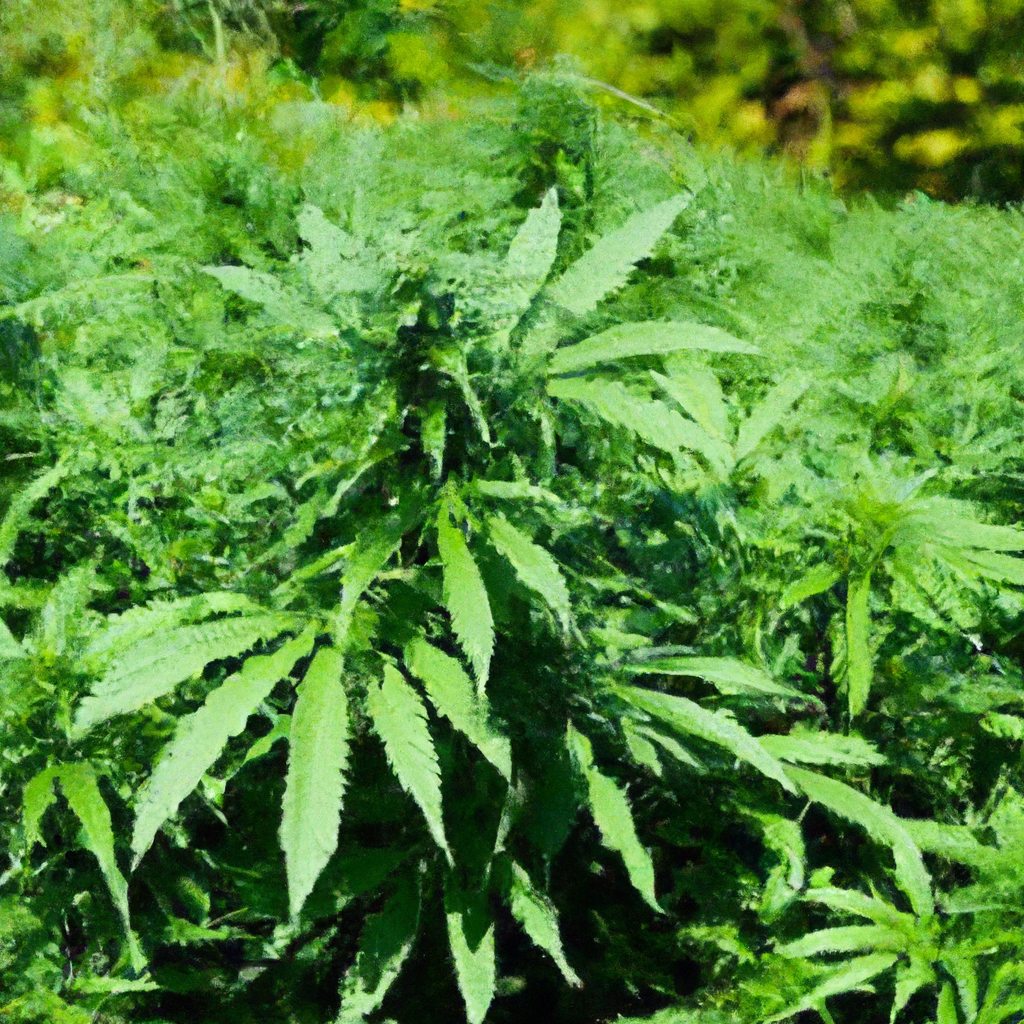Your cart is currently empty!
Cannabis cultivation is an art form, and like any art, it requires a blend of scientific knowledge and creative application. One of the most effective strategies for maintaining healthy soil and boosting yield is crop rotation, a tradition in sustainable agriculture. Let’s explore how to incorporate innovative crop rotation techniques into your cannabis growing practices to optimize growth and sustainability.
Understanding Crop Rotation
Crop rotation involves changing the types of crops grown in a particular area with each planting season. This practice helps prevent soil depletion, reduces pest build-up, and enhances soil fertility by balancing nutrient uptake and replenishment naturally.
Benefits of Crop Rotation for Cannabis
- Enhances Soil Health: Rotating crops helps maintain and improve soil structure and health. Different plants use and replenish different soil nutrients, reducing the risk of nutrient depletion.
- Pest and Disease Control: Breaking the life cycle of soil-borne pests and diseases by changing crops can significantly reduce infestation risks, leading to healthier cannabis plants.
- Increases Yield: Fertile, well-maintained soil ensures that cannabis plants have all the nutrients they need, leading to a more robust growth and increased yield.
Implementing a Crop Rotation Plan
Planning an effective crop rotation requires understanding the nutrient needs of cannabis. Here’s a step-by-step guide to creating a sustainable crop rotation scheme:
1. Select Companion Crops
Choose crops that complement cannabis. Legumes, such as beans and peas, fix nitrogen in the soil, benefiting subsequent cannabis cultivation by improving soil fertility.
2. Rotate Between Different Plant Families
Rotating between plant families, such as moving from legumes to leafy greens before cannabis, reduces soil-borne pathogens and enhances soil structure.
3. Use Cover Crops
Incorporate cover crops like clover during off-season periods. They protect the soil, nourish it, and prevent weed growth. When tilled back into the soil, they can further enrich the nutrient profile.
Real-World Example: A Three-Year Rotation Plan
Here’s a sample crop rotation schedule that effectively boosts cannabis health:
| Year | Spring Planting | Summer Planting | Fall Planting |
|---|---|---|---|
| Year 1 | Legumes (e.g., Beans) | Leafy Greens (e.g., Spinach) | Cover Crop (e.g., Clover) |
| Year 2 | Leafy Greens (e.g., Lettuce) | Cannabis | Cover Crop (e.g., Vetch) |
| Year 3 | Brassicas (e.g., Broccoli) | Legumes | Cover Crop |
Conclusion
Incorporating crop rotation techniques into your cannabis cultivation not only boosts yield but also promotes ecological balance and soil health. By rotating crops strategically, you can create a resilient and sustainable growing environment for your cannabis plants.
Start applying these techniques and watch as your cannabis plants thrive with each growing season.
Discover more from Magic Clones
Subscribe to get the latest posts sent to your email.


Leave a Reply